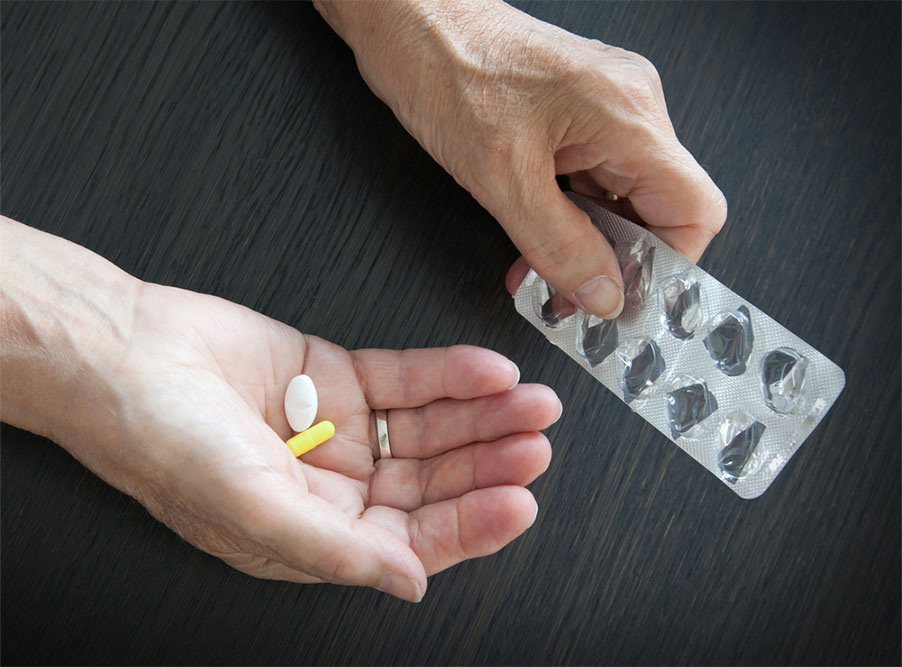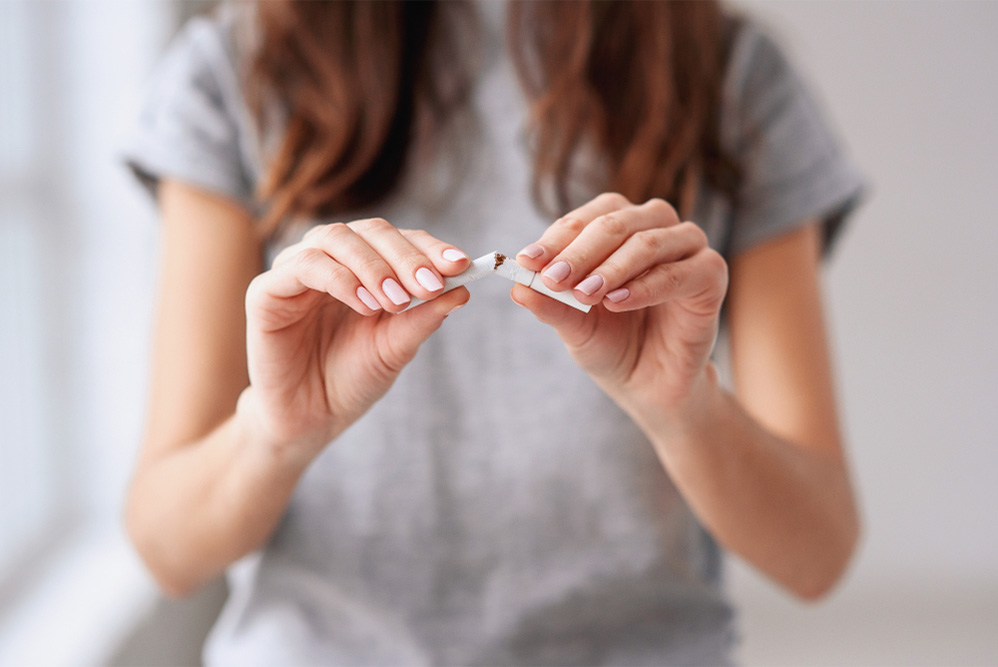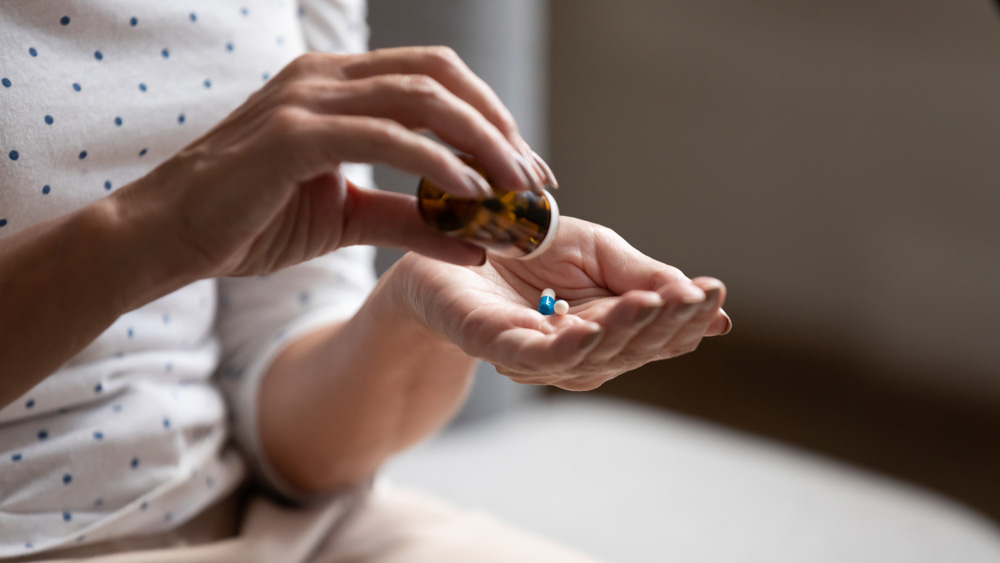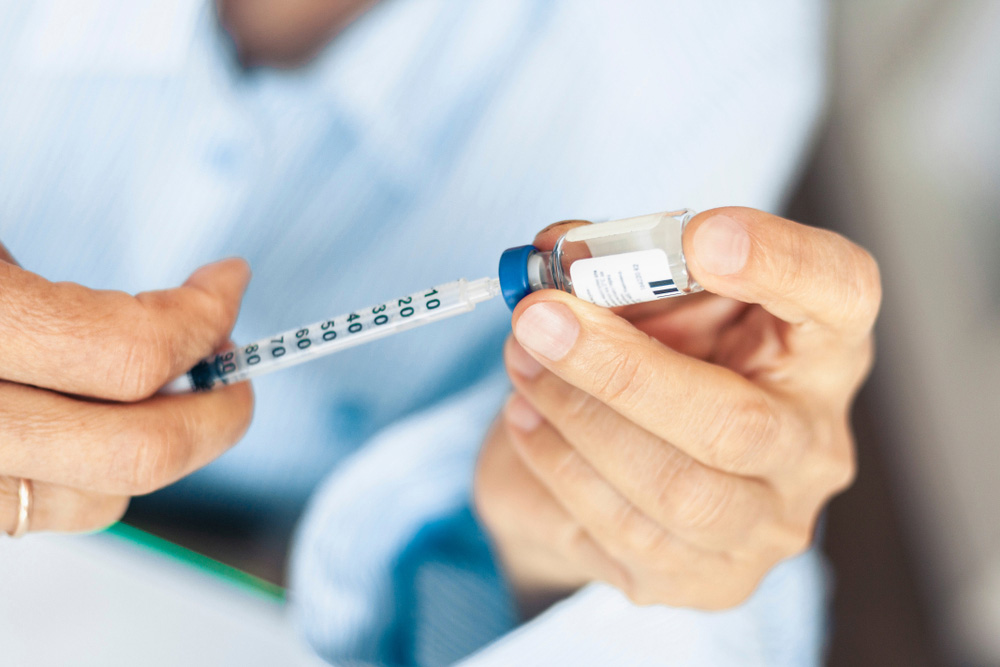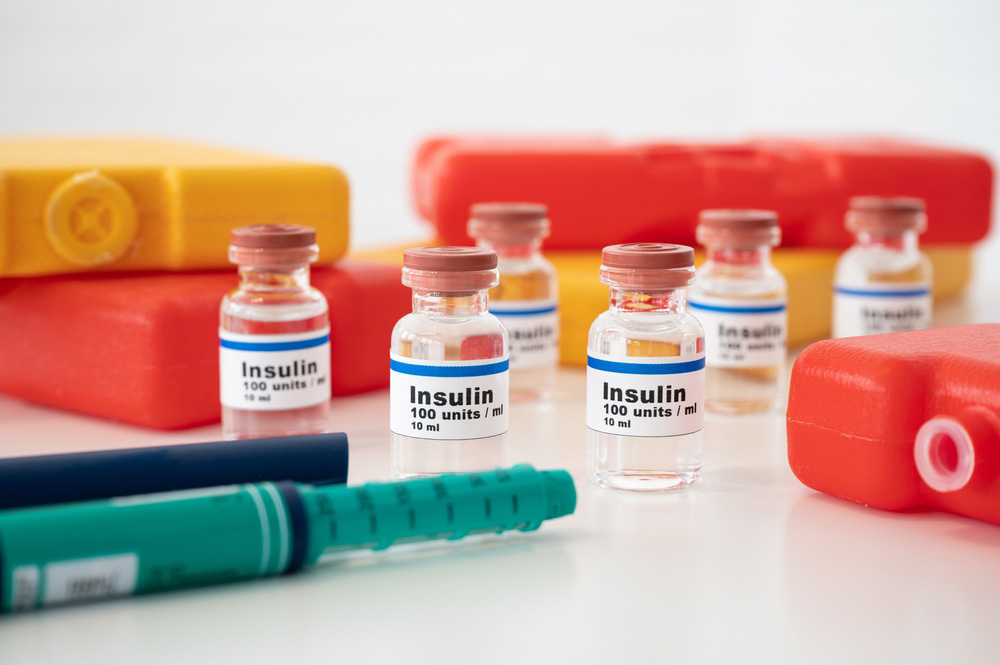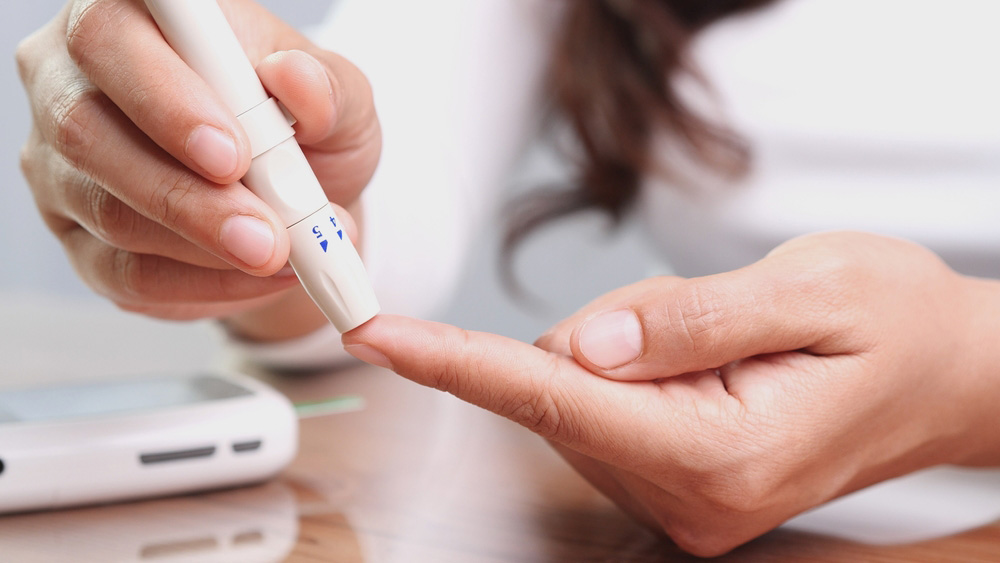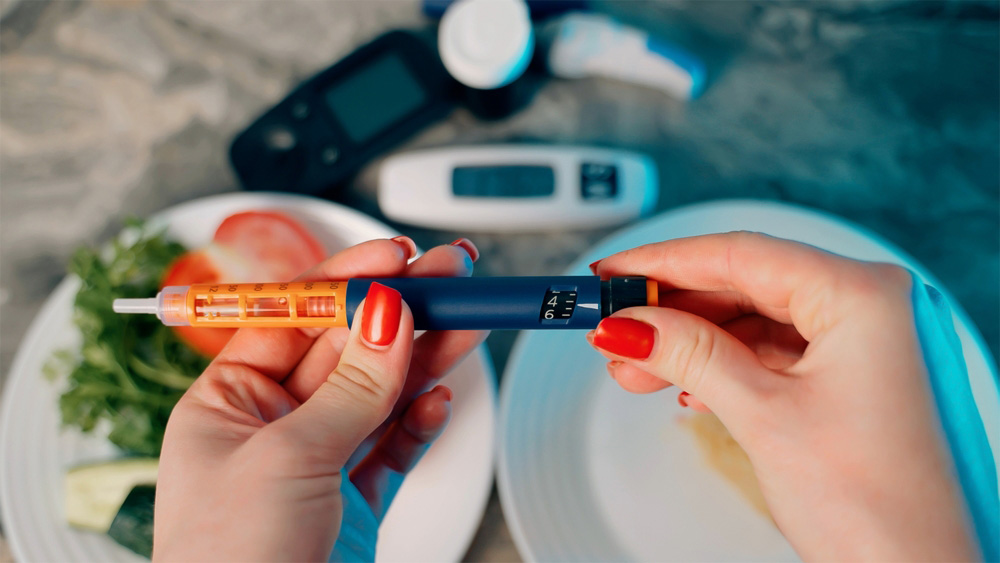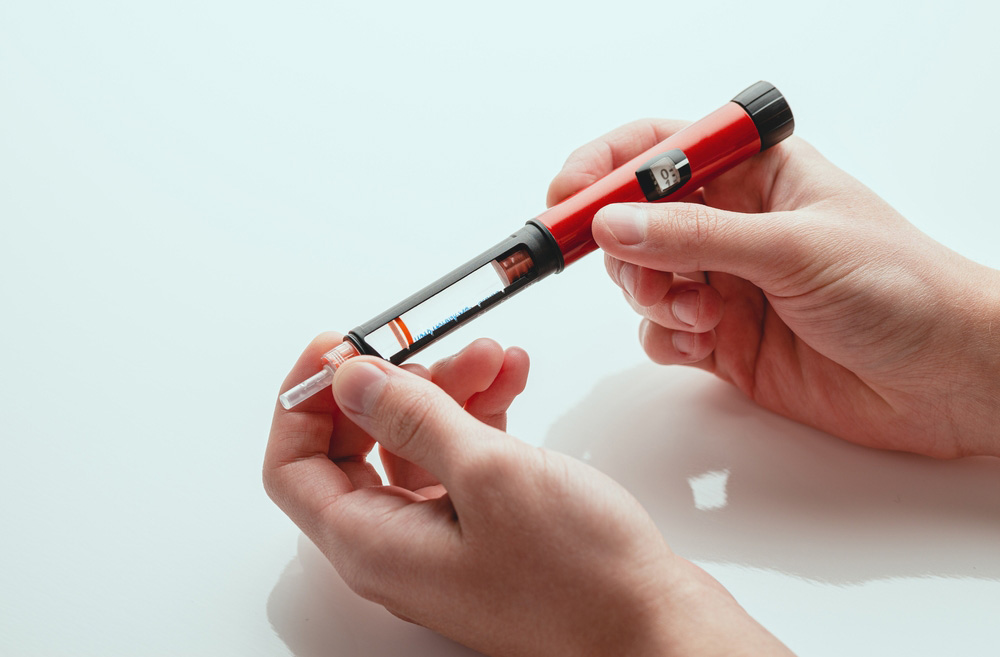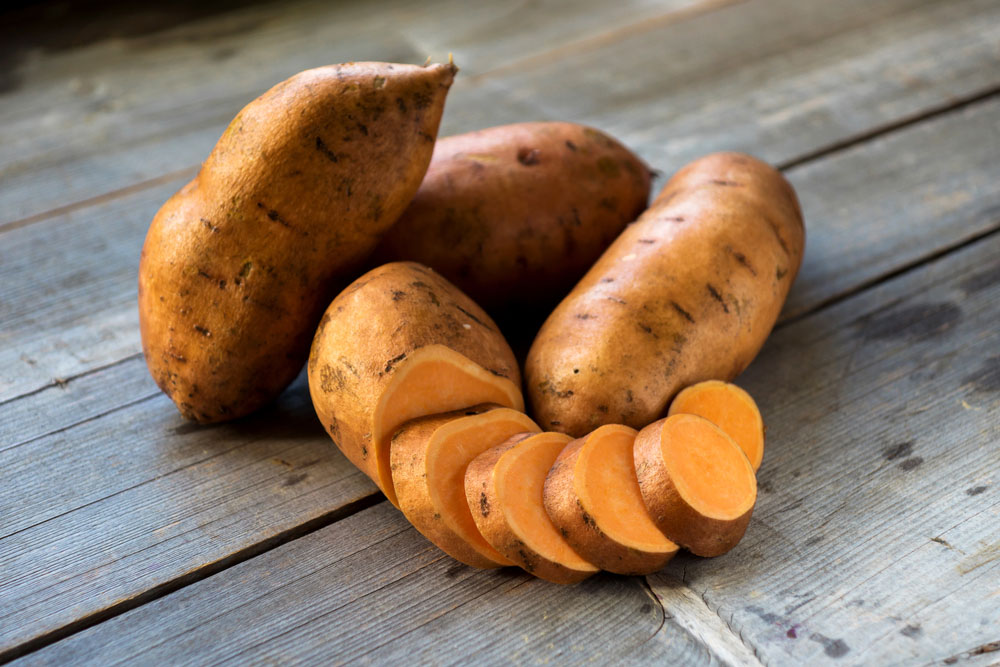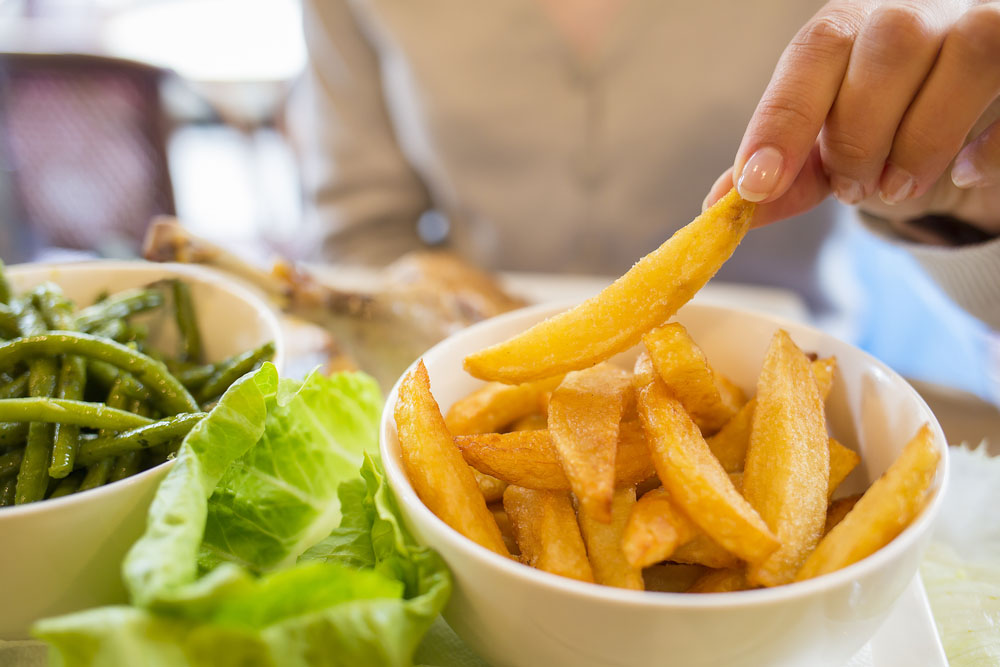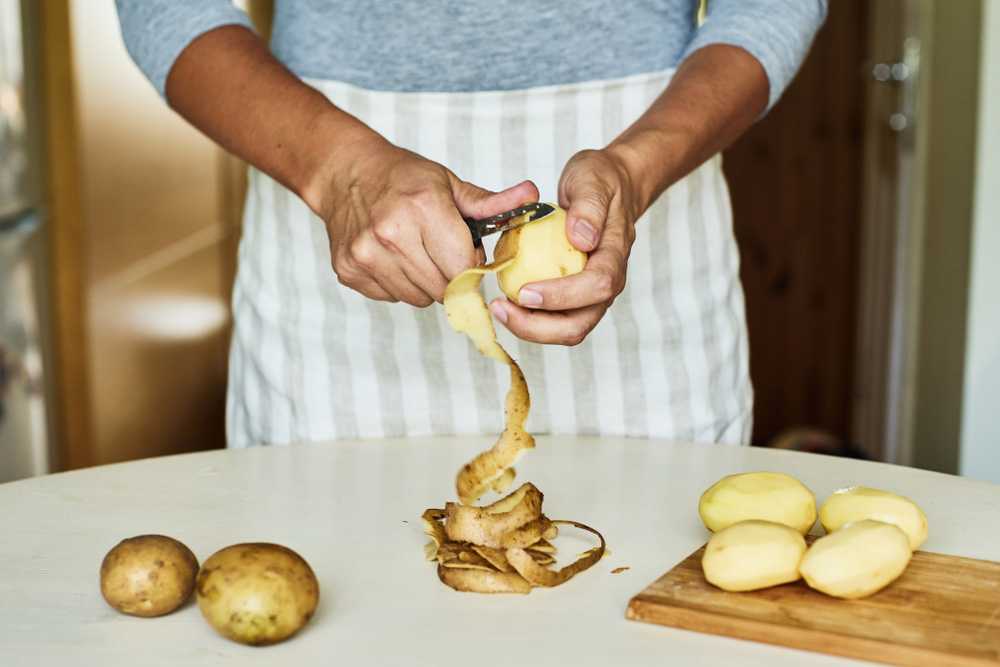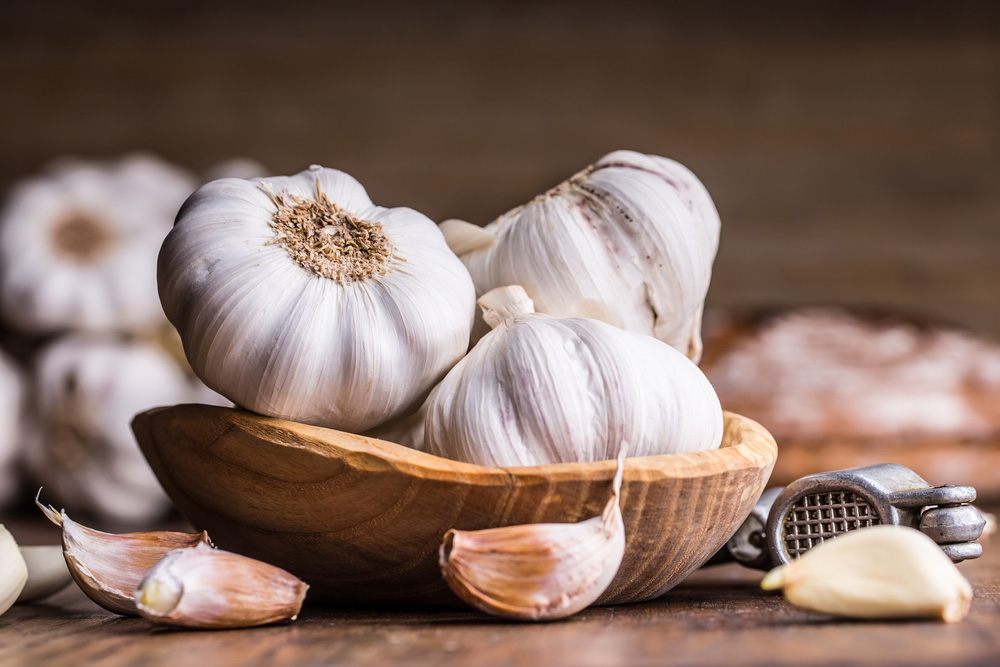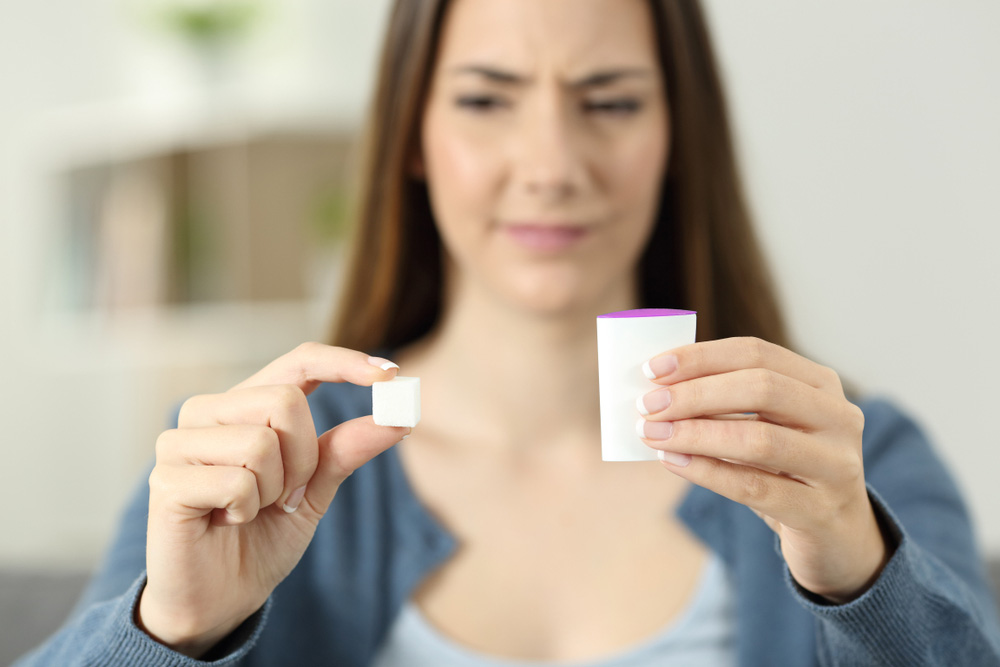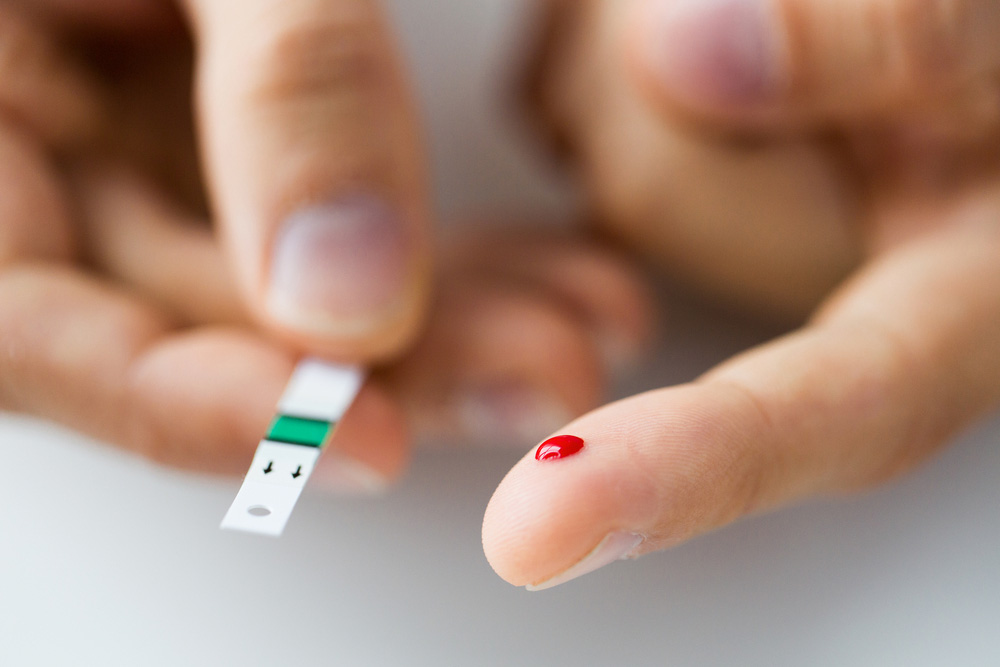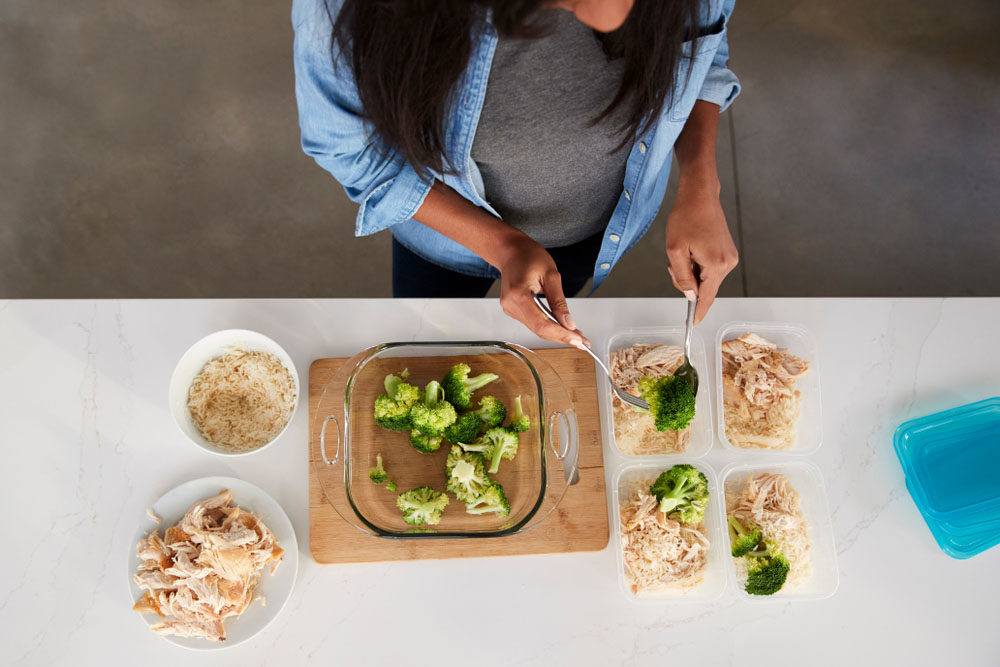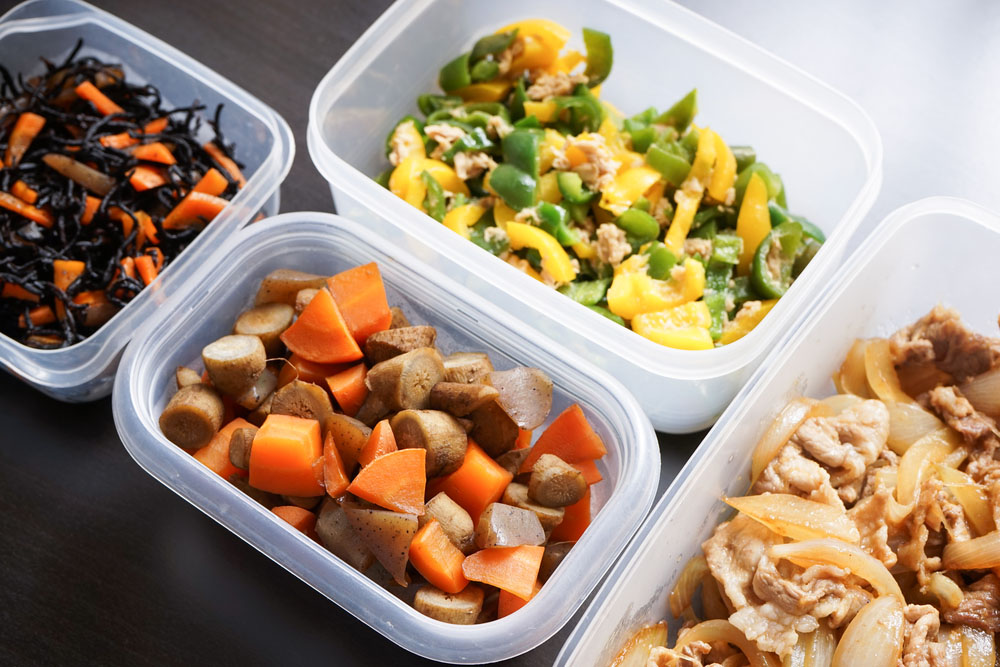Typically, sodium is referred to as salt, which is correct. However, the latter is extremely limiting and doesn’t cover the inherent risk of salt and its dominance and existence in other foods. Many consider salt a whitish substance and believe its associated high blood pressure risk is reduced once it’s been reduced in main food preparations. Sadly, that isn’t the case, as many foods contain salt and sodium.
Eating these foods increases the amount of dietary salt intake, leaving people with increased high blood pressure. For one, the typical human consumes more sodium than is appropriate. The few people who don’t eat more than is required are on a diet designed to reduce sodium intake.
The above revelations point toward one fact — sodium intake poses a severe risk for people with diabetes, and there’s little effort to control its consumption. This guide aims to change that perception by providing comprehensive, explicit information on how sodium causes diabetes, aids its progress, and triggers its complications. We’ll also cite some research at some point and consider some common sodium-dense foods.
What to Expect
- Sodium Chloride and How It Affects the Body
- Sodium Chloride, Diabetes, and Complications
- Research on Sodium’s Relationship With Diabetes
- Foods That Are High in Sodium
- The Best Low Sodium Foods to Go For
- How to Reduce Your Sodium Intake
Sodium Chloride and How It Affects the Body

Generally, sodium is considered the encompassing term for what’s known as salt, and both terms are widely interchanged. However, the reality is that sodium and salt are two different compounds.
Salt is a compound comprising sodium and chloride; the sodium in salt comprises 40% of the entire makeup. However, it’s highly influential regarding the nutrients salt provides for the body. Excessive consumption of salt or salty food implies high sodium intake, which has associated consequences.
Consumable refined or dietary sodium intake is essential for the body. It’s a vital electrolyte or mineral that helps regulate the body’s fluid balance and ensure the proper functioning of the muscles and nerves.
If consumed appropriately, sodium has various benefits. The problem is that this is mostly not the case. According to CDC reports, 89% of adults are guilty of high sodium intake, and the major source of unhealthy consumption comes from table salt.
The recommended healthy daily intake of sodium is pegged at 2,300 mg. However, many adults eat more than this, and this is exactly where the problem stems. It’s estimated that the average American adult eats up to 3,400 mg worth of sodium per day.
The above quantity is considered too much salt and, by extension, high sodium content. The source of high sodium is primarily table salt and processed foods. Majorly all processed foods, in one way or the other, contribute to increased daily sodium intake, which is bad for health.
Healthy and unhealthy adults exposed to a high sodium diet subject themselves to several complications, the most critical being high blood sugar and chronic kidney disease (CKD). These are, by extension, significant risk factors for diabetes — the insistent high blood sugar caused by too much sodium increases the risk of diabetes in healthy people.
Sodium Chloride, Diabetes, and Complications

Diabetes is a severe condition associated with one of the highest preventable deaths globally. It’s also a progressive condition that all major national health institutions seek to provide orientation about due to how it develops and worsens over time in the body.
The American Diabetes Association (ADA)—the frontline health institution for diabetes awareness—has an ever-updating list of some safety measures for high blood sugar control. One of them is the control of sodium intake.
According to the healthy body, excessive sodium consumption—like carbs—significantly increases blood sugar levels and can increase diabetes complications. However, the rate at which sodium influences diabetes negatively isn’t as severe as most bad carbs, making the relationship between it and high blood sugar levels extremely complex. It generally interacts with other diabetes causative factors to affect health severely.
As stated earlier, the body can take as much as 2,300 mg of sodium daily. The barest minimum that people should go for, especially when they have diabetes, is 500 mg. This amount helps them maintain an average blood sugar level needed to balance their glucose levels.
Meeting this barest minimum isn’t difficult as it’s less than a tablespoon and can be obtained from home-cooked meals. On the other hand, eating certain snacks and processed foods increase sodium levels in the body, subsequently spiking blood sugar.
People with diabetes who consume too much sodium risk having fluid retention over time, triggering swelling in the hands and legs. This is due to sodium’s natural make up and its tendency to absorb water naturally. Following the intake and digestion of a sodium-filled meal, it goes straight into the bloodstream and increases blood pressure.
The rise in high blood pressure has a high chance of morphing into hypertension, a serious condition that can cause eye, kidney, heart, and brain damage. All of these conditions are independent of the natural diabetes risk. Therefore, for people with diabetes already, adding salt-induced hypertension to the mix only worsens the situation and could quickly become life-threatening.
Diabetes on its own has an increased risk of causing cardiovascular diseases like heart disease, kidney disease, and stroke. Sodium intake will therefore make the situation worse than it is.
People with diabetes are also exposed to severe dehydration when they eat too much sodium. Additionally, they’re highly likely to develop diabetes ketoacidosis — a liver-damaging condition associated with extreme pressure on the liver.
An excellent approach to reducing the complications of diabetes is to take deliberate steps toward sodium reduction in your diet. This is achieved by eating fresh foods and avoiding those with high salt amounts.
Research on Sodium’s Relationship With Diabetes

Many studies confirm the limited understanding of how excessive sodium intake affects diabetes. However, few studies generally highlight that sodium isn’t suitable for people with the condition.
A study titled “Dietary Sodium Intake in Type 2 Diabetes” reviewed the major relationship and situation surrounding sodium intake and diabetes. Expectedly, the results are in line with what this guide has highlighted so far.
The study—considering self-referred patients with type 2 diabetes—showed that people who suffer from the condition still consume sodium higher than the recommended value. It also highlighted that people with type 2 diabetes and sodium-induced hypertension are at greater risk of developing chronic kidney disease (CKD) and cardiovascular disease (CVD) than those with diabetes who control its progress.
The study was termed ENHANCE by the researchers and comprised a single-center randomized controlled trial that tested a 6-month intervention to determine effective diabetes management lifestyle for people with type 2 diabetes. A baseline 3-day food diary data for patients were recorded to make the results easy to establish.
All participants in the study were at least 18 years old, and each had a self-reported diabetes diagnosis as a condition for participating in the study. The exclusion criteria for the study included:
- Hypoglycemic coma or people who have experienced a seizure in the past 12 months before the study
- Inability or unwillingness to self-monitor to carry out self-monitoring of capillary blood glucose and failure to participate in the arranged group classes
- Hypoglycemia that requires external assistance for the past 3 months before the study
- A history of type 1 diabetes
- Patients who have a history of dementia and substance abuse
- People suffering from end-stage renal disease and were exposed to renal dialysis treatment or are expected to get the treatment in the 6-month intervention study period
- Participants who may leave the study region within the six months
- Participating in another clinical trial as participants may be open to influential factors in the other one such that it affects the result of this one
- No support from the primary health care provider of a participant as there may be a need for data from health care for the study.
The primary metrics for the analysis were:
- Diet Guide: All participants were mailed a diet diary 2 weeks before the start of the baseline measurement. The participants were asked to choose three days out of the two weeks to record their meals and provide data on the foods consumed, the respective serving sizes, and the food brands.
- Demography: Participants were also directed to complete Rigler Comorbidity Checklist and a questionnaire concerning sociodemographics.
Results:
The study result showed that 296 respondents started the trials, and about 251 completed the 3-day diet diary. That was approximately 84.8% of all the respondents.
Furthermore, only 20.3% could limit their sodium intake to below the recommended 2,300 mg for a healthy person. Only 2.4% of the entire respondents could stick to the American Heart Association (AHA)’s maximum limit of 1,500 mg daily to prevent heart disease. Despite the obvious issue of separation of demographics in the intervention, the average result was consistent that most people with diabetes will consume more sodium than is needed for their condition.
The research showed that about 20–60% of people with diabetes have sodium-induced hypertension. It confirmed that excess sodium intake increases the intravascular volume, directly reducing antihypertensive drugs’ effectiveness. It’s also linked with worsening proteinuria in microalbuminuria patients.
Ultimately, the study highlighted that the solution to the negative effect of sodium on the body is to eat a restricted diet with little quantity of nutrient in it.
Considering Other Research
Other diabetes research also shows that several concerns come with high sodium intake, especially its role in cardiovascular disease development. The American Heart Association, following several studies, confirmed that adults with diabetes are twice as likely to die from heart disease than those without diabetes. This revelation tagged sodium as one of the major causes of the disease’s progress.
Another research showed that people with diabetes who consume more sodium than recommended increase their risk of vascular disease by over 200%. The study encouraged people to reduce sodium intake for the best effective diabetes management. Other tips to get the best out of the situation include avoiding a low potassium intake.
Some studies have also sought to determine the appropriate sodium quantity people should be exposed to, with special attention paid to those with diabetes already. A 2021 clinical trial in the Metabolism, Nutrition and Cardiovascular Disease journal achieved impressive results in this regard.
The trial showed that people who restrict their sodium intake drastically reduce their systolic blood pressure by 5.5 mmHg and diastolic blood pressure by 1.6 mmHg. More importantly, the trials were randomized, making the average results reliable.
We previously highlighted that the recommended maximum amount of sodium per day should be no more than 2,300 mg. However, research on people’s adherence to this ADA-recommended limit showed that not so many people adhere to the sodium daily maximum limit. For example, a 2020 Nutrition and Diabetes journal paper confirmed that just 7% of the respondents kept their sodium intake within the 2,300 mg limit.
Also, unlike the widespread belief that homemade foods have more sodium because most require table salt for taste, there are indications that restaurant and processed foods contribute just as much sodium and even more. A Circulation journal paper published in 2017 confirmed this fact. According to the journal, the possible change in sodium primary sources could be due to more sweetened processed foods that require more salt for balance instead of healthier homemade meals.
The journal further established that up to 70% of sodium chloride consumed by the average American daily stem from foods eaten in restaurants, with processed options being the biggest culprit.
Foods That Are High in Sodium
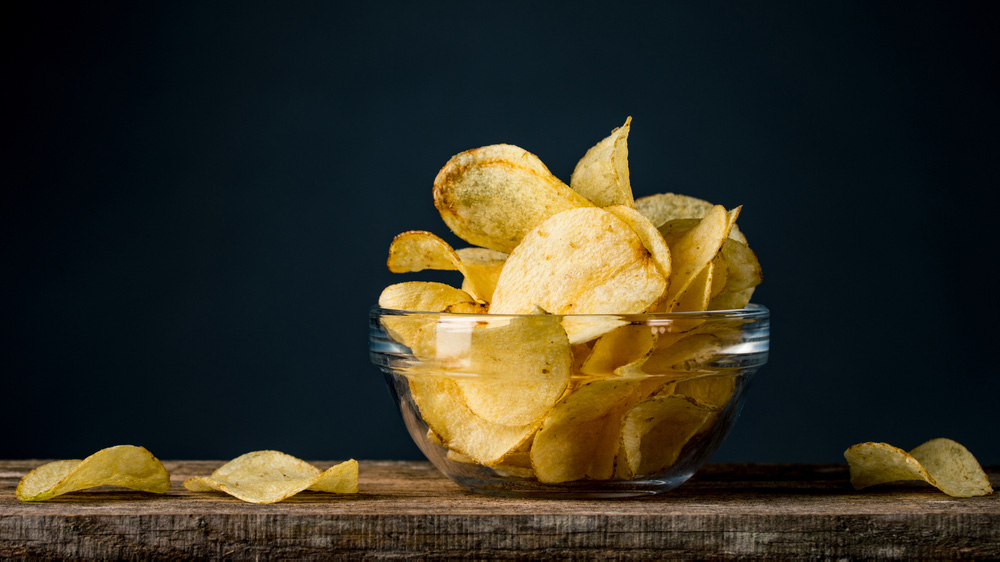
Many natural foods have sodium. While most people get sodium from table salt, high sodium foods act as secondary salt supplementations.
An average American consumes a minimum of 1.5 teaspoons of salt every day, equivalent to 3,400 mg of sodium — way more than the body requires. Canned or processed foods have incredibly high sodium concentrations, while fast food from restaurants is also very salty.
The following are foods that have a high amount of sodium:
- Poultry, meat, or fish that has been salted, canned, cured, or smoked like cold cuts, bacon, ham, sardines, sausage, caviar, and frankfurters
- Buttermilk
- Breaded meats and frozen dinners, including chicken nuggets, pizza, and burritos
- Salted nuts
- Canned meals like chili, soups, baked beans, spam, and ravioli
- Powdered mixes for soup and bouillon cubes
- Cheese sauces, cheeses, and cheese spread
- Cottage cheese
- Broths that have added salt, canned vegetables, and stocks
- Biscuits, waffle mixes, flour that rises by itself, quick bread, and pancakes
- Rolls and top bread that’s salted
- Large quantities of ketchup and mustard
- Instant puddings and cakes
- Salted crackers, croutons, and pizza
- Packaged mixes, processed for pasta, rice, mashed potatoes, tater tots, hash browns, stuffing, and potato au gratin
- Vegetables prepared with ham, salted pork, or bacon
- Seasoning salt, marinades, soy sauce, and salad dressings
- Salsa, tomato sauces, and pre-made pasta
- Canned vegetable juices
- Salted vegan spreads, margarine, or butter
- Softened water
- Seasoned ramen mixes
- Sauerkraut, olives, pickled vegetables, and pickles
- Potato dishes that are boxed
- Sandwiches
- Dried meat and jerky
- Tortillas
- Pretzels
- Bratwurst and hot dogs
- Pork rinds
The Best Low-Sodium Foods to Go For
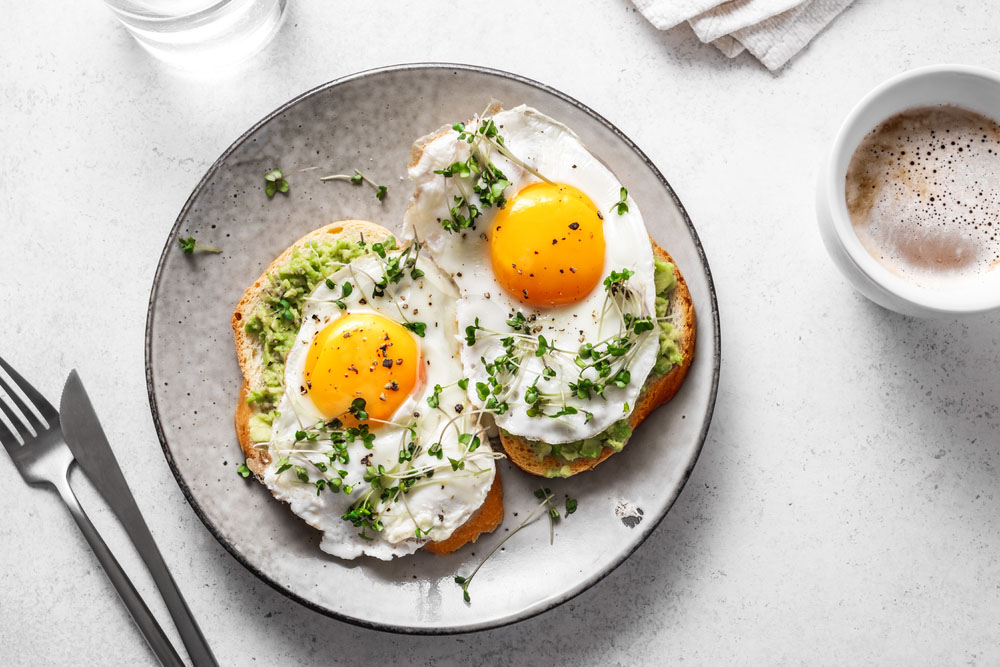
It’s essential to control your sodium intake—especially if you have type 2 diabetes—by keeping your sodium intake below 2,300 mg daily. People who have hypertension should keep their sodium intake below 1,500 mg daily.
Checking the menus or labels is essential when eating out or shopping for food. Food companies, by law, are mandated to outline their food’s sodium content on its label, and credible restaurants also do the same on their food menus.
Choose low-sodium foods containing 140 mg or less sodium in each serving. There are many foods free from sodium that you can use to replace foods with excessive sodium. Some examples are sodium-free chips, juice without salt, canned vegetables without salt, and rice cakes.
Here’s a more extensive list of good low-sodium food that you can use to replace food high in sodium.
- Egg and its substitute that doesn’t contain additives
- Yogurt, milk, ice milk, and ice cream
- Most cereals and muffins
- Poultry, fish, and frozen or fresh meat that don’t contain additives
- Canned fish that are low in sodium
- Dried beans and peas (in place of the canned type)
- Cheese that’s low in sodium, mozzarella, cream cheese, and ricotta cheese
- Unsalted rolls, bagels, and bread
- Pasta and rice cooked without adding salt
- Noodles, flour tortillas, and corn that’s low in sodium
- Unsalted pretzels, popcorn, and chips
- Peanut butter that’s low in sodium
- Breadsticks and crackers that are low in sodium
- Juices, canned vegetables, and sauces that are low in sodium
- Frozen or fresh vegetables that don’t have sauce
- Drained, oil-packed, or water-canned poultry or fish
- Mayonnaise
- Desserts that are prepared without salt
- Vinegar
- Vegetable juices or fruits that are unsalted or low in salt
- Homemade soup prepared without adding salt
- Unsalted vegan spread, butter, or margarine
- Salad dressings, vegetable oils, and sauces that are low in sodium
- Canned, frozen, fresh, and dried fruits
- Potatoes products like french fries that are prepared without adding salt and fresh potatoes
- Bouillon, stocks, broths, powdered and canned soup that are low in sodium
- Healthy fat like avocado oil, avocado, and olive oil
- Starchy vegetables like parsnips and butternut squash
- Grains and bread that are low in sodium
- Fruits and fresh vegetables like peppers, cauliflower, broccoli, and greens
- Beans and grains like dried beans, farro, brown rice, whole-wheat pasta, and quinoa
- Frozen or fresh fish like bass, cod, and tuna
As you’re trying to avoid food high in sodium, you need to know more about foods with low sodium. Most food labeled low or no sodium contains a high quantity of potassium, often used as a substitute for salt. As such, you need to consult with your doctor if you’re on a diet low in potassium before eating any of such food.
However, many foods low in sodium may contain high amounts of carbohydrates like fats and sugar, which people with diabetes or pre-diabetes are trying to avoid to preclude a worsened condition. Food that’s high in sodium contains 400 mg of the nutrient or more. As a rule of thumb, when shopping, avoid foods with high sodium, salt, brine, and monosodium glutamate on their labels.
How to Reduce Your Sodium Intake

Research on diabetes also shows that several concerns come with high sodium intake, especially in terms of its role in developing cardiovascular disease. Here are excellent means of avoiding these complications:
Tips When Eating Out
- When eating out, request the restaurant’s nutritional information to help you order food low in sodium
- Order fresh fruit or vegetables without adding salt
- Ask the waiter to instruct the chef to avoid using salt when preparing your meal
- Share your meal with a family member or friend
- Eat fast food occasionally
Tips When Shopping for Grocery Items With Low Sodium
- Go for packaged foods labeled with reduced sodium, no added salt, or low sodium
- Buy canned, fresh, or frozen vegetables that come without sauce or salt
- Request for a low sodium list from the grocer
- Purchase fresh pork, fish, lean meat, and poultry instead of smoked, salted, cured, or other types of processed meat
- Check food labels to know the products that contain a low amount of sodium
- Buy prepared meals with a sodium content lower than 600 mg or a meal labeled healthy
- When buying fresh products, ensure that salt or saline isn’t added, or go for another brand free from sodium
- Request to see the registered dietitian at the grocery shop to get recommendations or advice on brands or products that are low in sodium
Tips When Cooking Less Salty Meals
Being creative in the kitchen can help you reduce your intake of sodium. Here’s how:
- Eat more home-cooked meals as it’s difficult to determine the quantity of salt used to prepare fast foods
- Cook from scratch to control the amount of salt that goes into the food
- Use some flavored spices—like ginger, pepper, garlic, vinegar, and lemon—to replace salt
Conclusion

As highlighted throughout this guide, sodium is one of the most difficult nutrients to avoid when dieting. A tablespoon of salt is all that is required to supply the body with the sodium it needs.
A striking concern this guide highlights is that even on deliberate attempts to control sodium consumption, people with diabetes find it extremely difficult to stick with the recommended daily sodium intake. One of the studies highlighted showed that only 20.3% of people don’t exceed their dietary recommended sodium limit. Of people who have diabetes, only 2.4% could stick to the AHA-recommended limit.
The difficulty in controlling sodium intake and its complications underscores the need for people with diabetes to take dieting seriously. With the realistic difficulty of controlling sodium intake, people with diabetes must ensure that they control other blood glucose-increasing food sources to achieve a commendable balance.
You should take your diet seriously, and you can achieve this by using a dietitian-recommended diary or an expert constantly updated diabetes management food app. While both options are effective, the latter is more flexible as it consistently provides users with new and extremely healthy diabetes-friendly meals.
For example, our Klinio app is a diabetes-friendly meal app that provides people with the best meals that their body needs. The recommended meals are great for minimizing high blood glucose with the extra benefit of reducing sodium consumption. Patients who stick strictly with Klinio-recommended dietary guides won’t have a problem controlling their sodium consumption and effectively managing diabetes.





